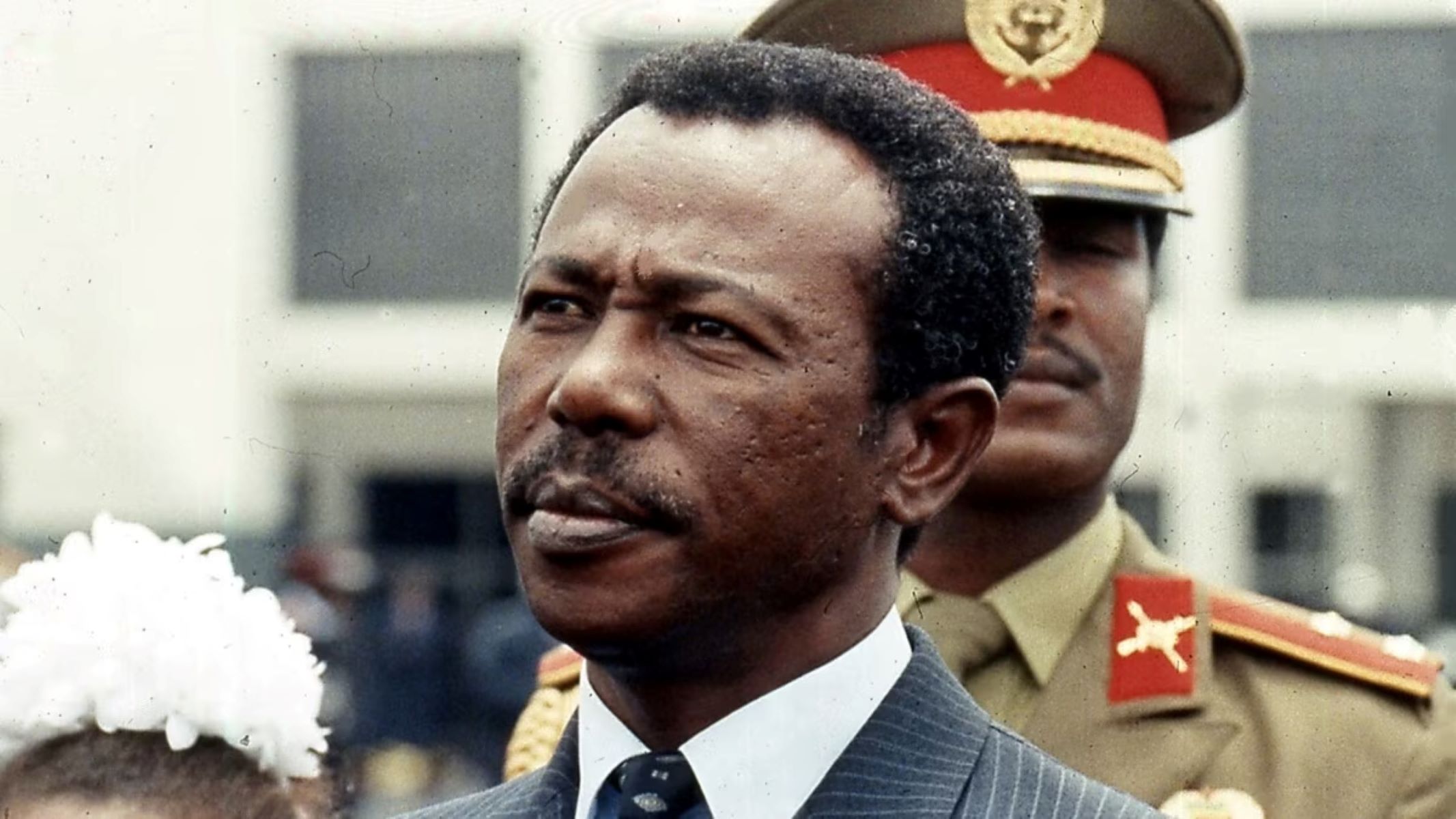
Mengistu Haile Mariam is a name that holds significant historical and political significance in the country of Ethiopia. As the former communist leader and president of Ethiopia from 1977 to 1991, Mengistu played a crucial role in shaping the nation’s course during a tumultuous period of its history. His tenure was marked by both praise and criticism, and his impact on Ethiopia continues to be felt to this day. In this article, we will delve into nine astounding facts about Mengistu Haile Mariam, shedding light on his rise to power, his policies, and the legacy he left behind in Ethiopia.
Key Takeaways:
- Mengistu Haile Mariam was a powerful leader in Ethiopia, but his regime was marked by oppression and violence, causing widespread suffering and loss of life.
- Despite his controversial legacy, Mengistu Haile Mariam’s rule was characterized by harsh policies, human rights abuses, and a prolonged civil war, leaving a lasting impact on Ethiopia.
Rise to Power
Mengistu Haile Mariam was an Ethiopian military officer who came to power in 1974 following the overthrow of Emperor Haile Selassie. His rise to power marked the beginning of a tumultuous period in Ethiopian history.
Communist Regime
During his time in power, Mengistu implemented a harsh communist regime known as the Derg. This regime was characterized by widespread human rights abuses, political repression, and economic mismanagement.
Red Terror
Under Mengistu’s leadership, Ethiopia experienced a period known as the “Red Terror.” It was characterized by mass imprisonments, torture, and executions of perceived political opponents. The estimated number of people who lost their lives during this period ranges from 500,000 to 2 million.
Ethiopian Civil War
Mengistu’s regime faced fierce opposition from various rebel groups, leading to the Ethiopian Civil War. The war lasted from 1975 to 1991 and resulted in widespread destruction and loss of life.
Soviet Union Support
During the Cold War era, Mengistu aligned himself with the Soviet Union and received significant military and economic support. This support helped sustain his regime and prolong the Ethiopian Civil War.
Forced Relocations
Mengistu’s regime implemented a policy of forced relocations, known as villagization, which aimed to consolidate the rural population into collective agricultural communities. This policy resulted in the displacement of millions of people and caused significant social and economic upheaval.
Oromo Resistance
The Oromo people, Ethiopia’s largest ethnic group, faced widespread oppression and discrimination under Mengistu’s rule. The Oromo Liberation Front, a rebel group, emerged to fight for the rights and autonomy of the Oromo people.
Mengistu’s Exile
In 1991, Mengistu was overthrown by rebel forces led by the Ethiopian People’s Revolutionary Democratic Front (EPRDF). He fled to Zimbabwe, where he has been living in exile ever since. Despite numerous calls for his extradition, he has managed to evade accountability for his actions.
Controversial Legacy
Mengistu Haile Mariam’s legacy remains highly controversial in Ethiopia. While some view him as a revolutionary leader who stood up against imperialism, others see him as a brutal dictator responsible for the suffering and deaths of countless Ethiopians.
Conclusion
In conclusion, Mengistu Haile Mariam was a controversial figure in Ethiopian history, known for his time as the leader of the Derg regime. Whether viewed as a hero or a villain, there are several astounding facts about Mengistu that shed light on his impact on the country. From his rise to power to his reign and eventual exile, his actions and policies have shaped the course of Ethiopian history.
While opinions about Mengistu may differ, there is no denying the significant role he played in shaping the political landscape of Ethiopia. Understanding these facts about Mengistu and his regime can provide valuable insights into the challenges faced by the country and its people during that time.
FAQs
1. Who is Mengistu Haile Mariam?
Mengistu Haile Mariam was the leader of the Derg regime, a Marxist military junta that ruled Ethiopia from 1974 to 1991.
2. What was the Derg regime?
The Derg regime was a military junta that came to power after overthrowing Emperor Haile Selassie in 1974. It implemented socialist policies and conducted a series of political repressions and human rights violations.
3. What were some of the achievements of Mengistu’s regime?
Under Mengistu’s regime, Ethiopia experienced significant economic development, particularly in the areas of education and healthcare. The regime also pursued land reform and implemented programs to modernize agriculture.
4. What were some of the controversies surrounding Mengistu’s regime?
Mengistu’s regime was marked by widespread human rights abuses, including mass executions, forced disappearances, and torture. The regime’s policies also contributed to a severe famine in the mid-1980s, which resulted in a devastating loss of life.
5. What happened to Mengistu Haile Mariam after his regime ended?
After the collapse of the Derg regime in 1991, Mengistu fled to Zimbabwe, where he was granted asylum. He has since lived in exile and was convicted in absentia for crimes against humanity by an Ethiopian court in 2006.
Was this page helpful?
Our commitment to delivering trustworthy and engaging content is at the heart of what we do. Each fact on our site is contributed by real users like you, bringing a wealth of diverse insights and information. To ensure the highest standards of accuracy and reliability, our dedicated editors meticulously review each submission. This process guarantees that the facts we share are not only fascinating but also credible. Trust in our commitment to quality and authenticity as you explore and learn with us.
